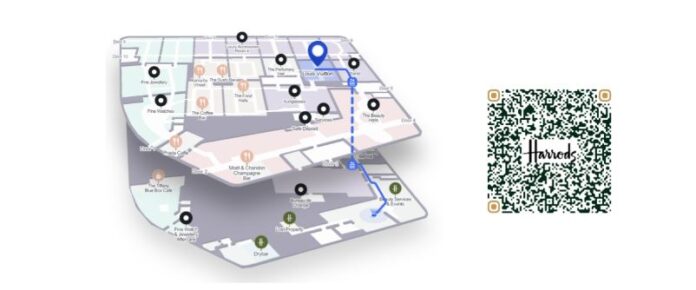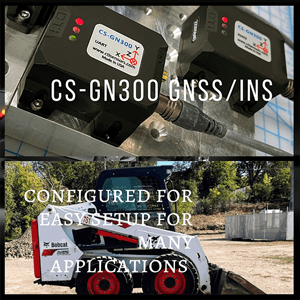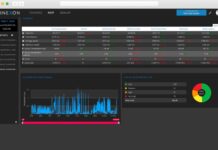Location Business News recently interviewed Ege Akpinar, CEO of Pointr, to discuss use cases of indoor maps and location technology.
LBN: What are some interesting use cases for your AI mapping engine that companies are leveraging today?
Akpinar: We all use maps and location services in everyday tasks—whether we’re ordering food, hailing a cab, or navigating outdoor spaces with GPS. While the digitization of the outdoor world is well underway, the next big frontier is indoors. So how do you map indoor spaces?
Most buildings are designed with architectural floor plans, often in CAD format. While this offers a starting point, converting these plans into usable digital maps presents a significant challenge. Layouts, design styles, and data representations differ across buildings, with each structure featuring unique layers and legends. Multiply that complexity by billions of floors, and manual mapping becomes unsustainable beyond a handful of buildings.
That’s where AI mapping becomes essential. We’ve developed a deep learning engine trained to learn how humans map spaces. Over the past decade, our R&D and engineering teams have refined this AI, which continues to improve with each new dataset. Today, our system achieves 95% accuracy in just minutes.
In the past 9 months alone, our AI-Mapping Engine MapScale has mapped over 128 million square feet of indoor space, covering more than 3,500 floor plans across 55 countries. Since inception, we’ve mapped a total of 7.8 billion square feet – that’s 1 stadium every 4 hours. This experience provides our large language models (LLMs) with an unparalleled dataset to learn from, making them highly accurate and capable of detecting even the subtlest differences in indoor layouts.
One of the best examples of our technology at scale is our work with The Home Depot. Our AI mapping engine has been deployed to map thousands of their stores, helping the retailer maintain accurate, up-to-date layouts for their massive inventories. By automating floor plan creation and updates, our AI ensures a seamless customer experience with digital maps that guide shoppers to the right products.
LBN: One company mentioned that MapScale was able to correct outdated onsite maps in real time. How does that work?
Akpinar: Maps are only good when they are accurate. Our AI mapping engine not only creates but keeps the maps up to date. Because our system is API-driven, deployment is quick and seamless. For instance, one of our clients had their data stored on an internal FTP server. We simply implemented a script to pull that data securely via SFTP and fed it directly into our API. A few lines of code and they were ready to go!
We’ve just launched our MapScale demo site. You can try out the AI mapping engine yourself – all you need is a floor plan. You drag and drop it and let the AI turn it into a stunning digital map in just minutes.
LBN: How is the company doing overall in terms of growth, funding, and team size?
Akpinar: We recently grew to over 100 employees, up from 65 at the same time last year, with two-thirds dedicated to engineering, R&D, and customer success. Our AI mapping technology has been deployed across 7 billion square feet and is the top choice for many Fortune 100 firms.
We’re also announcing exciting new partnerships with tech titans. We have a deep partnership with Microsoft to offer rapid IMDF floor plan conversions for use in Microsoft Places and we are collaborating with Siemens Building X to overlay energy efficiency and smart maintenance solutions on top of our AI-built maps. You can read more about it here: Siemens Building X Blog. We’re also announcing this week that we’re an official Apple-approved vendor for IMDF conversions, which we’re also able to do at scale through our proprietary engine.




























